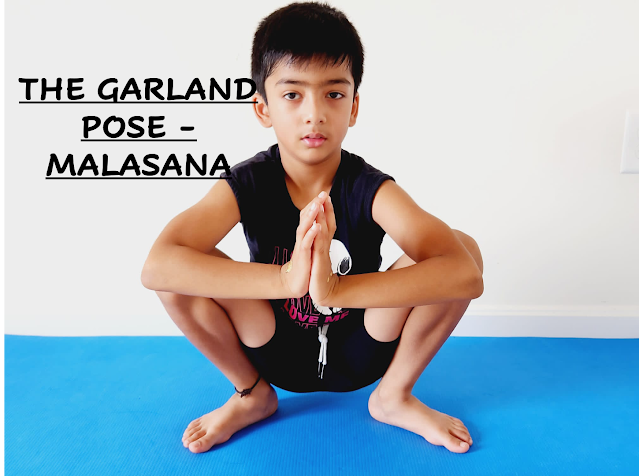MOUNTAIN YOGA POSE
Mountain Pose (Tadasana) is a foundational yoga pose for all standing poses. Tada is Sanskrit for mountain and asana means seat or posture. You will be using this pose often to prepare for other poses, but it also can be done by itself to help you improve your posture. Mountain pose is an essential pose that's performed as part of most yoga sequences that involve standing poses, including standing forward bend, which is often the next pose in a sequence after mountain pose.
HOW TO DO
Come to a stand with your big toes touching
- lift up all of your toes and fan them out, then drop them back down to create a wide, solid base. You can separate your heels slightly if your ankles are knocking together uncomfortably
- let you feet and calves root down into the floor
- engage your quadriceps (the muscles on the front of your thighs) and draw them upward, causing your kneecaps to rise
- rotate both thighs inward, creating a widening of the sit bones
- maintain the natural curves of your spine
- tone your belly, drawing it in slightly
- widen your collarbones and check that your shoulders are stacked over your pelvis
- shrug your shoulders up to your ears and then roll them back to release your shoulder blades down your back
- let your arms hang naturally with the elbows slightly bent and the palms facing forward
- your neck is long, your chin is neither tucked down nor lifted up, and the crown of your head rises toward the ceiling
- once you have checked all your alignment points, take 5 to 10 breaths while you hold yourself in this position
DURATIONS OF HOLD
- Beginners : 20 - 30 seconds
- Intermediate : 30 sec - 1 minute
- Advanced: 2 minute
BEGINNERS' TIPS
- if you find it difficult to get your pelvis in a neutral position, try bending your knees slightly backward to feel the engagement and rotation of the thighs
BENEFITS
Mountain Pose improves your posture and body awareness, strengthens your legs and establishes good alignment. Tadasana may not look like much, but keeping your body active and aligned is hard work. You're not just standing in any old way. You have to be aware of each part of your body and the role that it plays in stacking your bones and keeping your spine long. You can even break a sweat if you engage your leg muscles as strongly as possible.
The basic alignment for Mountain Pose carries through to many of the other standing Postures (warrior I) and inverted poses (Handstand) that you're going to do.
Some research shows that yoga poses like mountain pose can increase self-esteem and energy, especially those that are open and expansive rather than folded up. This effect may be related to body alignment and how it affects the autonomous nervous system. Research suggest using these poses as a way to boost confidence instead of traditional "power poses".
WATCH OUT FOR
- avoid tightening or clenching in this pose. make sure that your chest is soft. don't allow this pose to become stiff and soldier like
- try not to speed through or skip tadasana. although it looks like simply standing up, practicing the correct actions in tadasana and staying for a few breaths will set you up for the rest of your practice as well as daily living.
VARIATIONS
- bring the palms together in front of the chest into Anjali Mudra (prayer position). Close your eyes and use this as a time to pause between poses, feeling the effects in your body
- interlace your fingers, extend the arms straight in front of your for a shoulder stretch
- try practicing this pose with your eyes closed. rock the weight slightly back into your heels and then forward into the balls of your feet a couple of times to find your balance point
similar poses,


























0 Comments